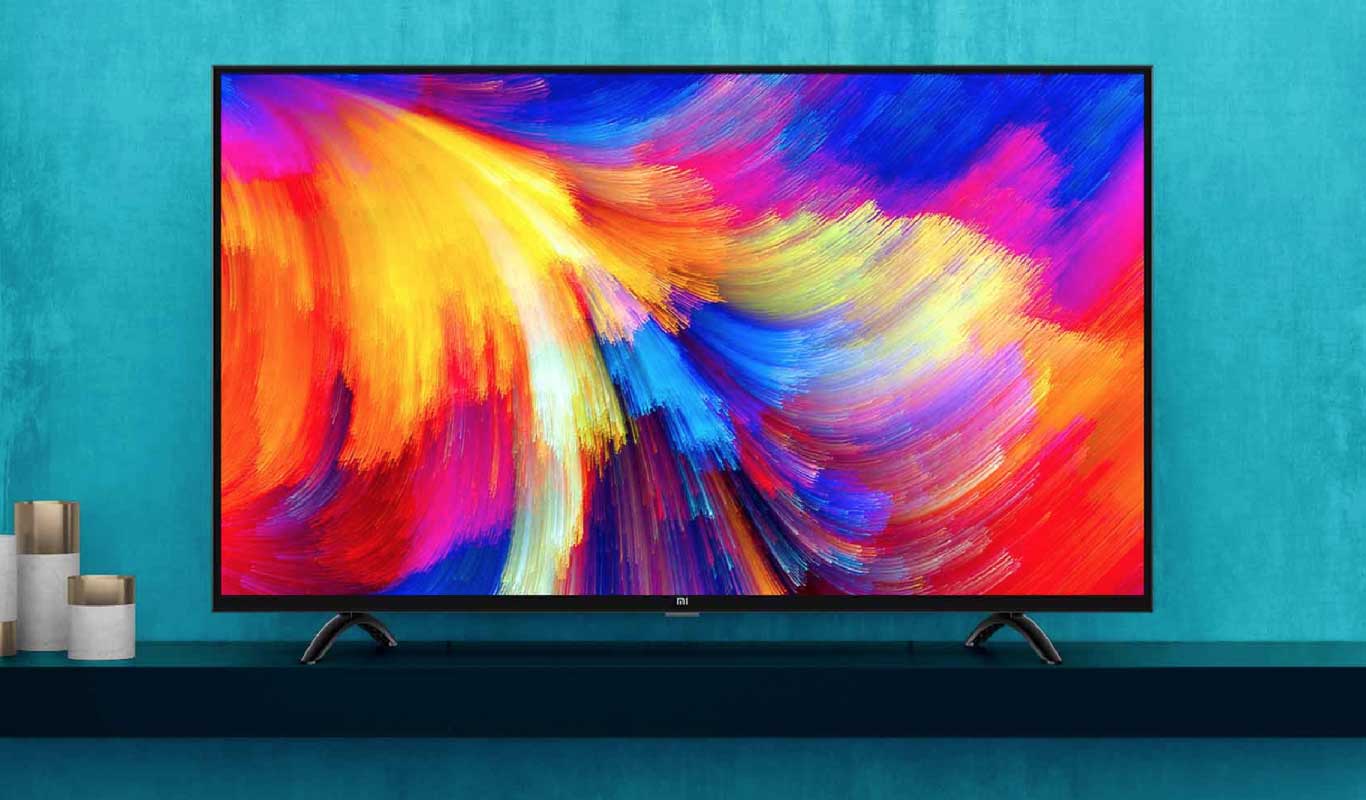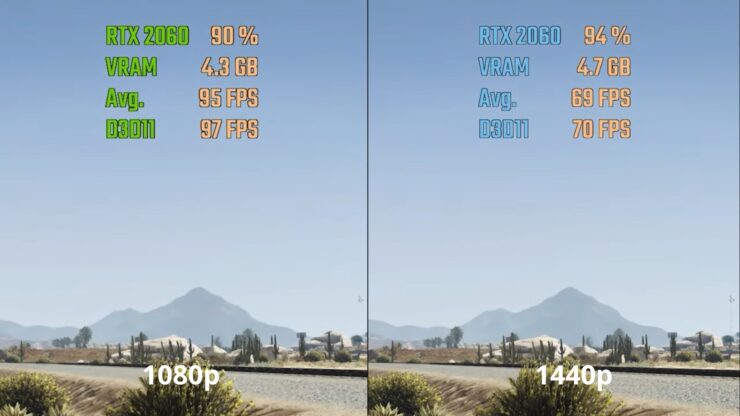How Mi Is Creating Tough Competition For Other Smart TV Companies

Grabbing a 27 per cent share in the Indian smart TV market during Q1 2020, Mi is surely one of the biggest names in the world of smart TVs. Crossing the 4 million units mark in March 2020 in terms of shipments, Mi proved once again that its competitors will have a tough time keeping up.
Early advantage
There is no doubt that the smart TV market in India is comparatively less mature than the markets in Europe and North America. Like the market for most other gadgets and appliances in India, the smart TV market was filled with users who were inexperienced and were first-time smart TV users.
Xiaomi took advantage of this to tap into the Indian market. Although companies like Samsung and LG were already manufacturing smart TVs, the users that Xiaomi targeted were mainly people looking for hi-tech yet cheap TVs. This early move benefited Xiaomi in getting 7 per cent of the share in the smart TV market globally.
Brand recognition
With the rising demand for smartphones in India, a lot of Chinese manufacturers tapped into the Indian market. Xiaomi was one such brand. But in spite of huge competition from the other Chinese contenders, Xiaomi managed to make a mark primarily because of its hi-tech yet affordable smartphones, and huge online presence.
Suggested Reads: Why should You use an Employee Scheduling Software?
Mi phones left the shelves within minutes or even seconds of flash sales going live, received great reviews, and Xiaomi became the leading smartphone manufacturer in no time. It built its brand name, and used it wisely to set its foot in the Indian smart TV market. People trusted the brand and its expertise, and had little hesitation to opt for a Mi TV, even though the brand was new in the smart TV space.
Good quality TVs
Mi has been consistent with its quality, and that is a formula they’ve stuck to, which has helped them in the long run. They have also been improving on their shortcomings as promptly as possible. For instance, if we take the first version of the PatchWall UI, we see that it was limiting users in terms of the streaming platforms it supported.
But Mi was quick enough to upgrade their TVs with the PatchWall 2.0 UI, where they had new content partners in Netflix & Amazon Prime Video. Furthermore, they also provided the option of shifting to an Android operating system; Android v.9.0 OS on a Mi TV felt as good as a smartphone’s interface.
Most of the Mi smart TVs also come with quad-core processors that enable smoother multi-tasking, faster web browsing, and upscaled picture quality of even low resolution images.
The Mi TV 4A Pro, which is a Mi LED TV 43-inch is a perfect example of what a Mi TV provides at a cost of only Rs. 25,999. Its PachWall 3.0 UI has a plethora of streaming apps, offers Full HD resolution, and also comes with a Google Assistant and a data saver.
Affordability
The average Mi TV price has always been lower than its contemporaries; that was Mi’s claim to fame. Mi took various decisions in order to make it happen. The brand focused on an online mode of selling, so that they could cut the costs of warehouses and offline retailers. All of these put together, the cost of the average Mi TV has always been lower than the likes of Samsung and LG TVs. This gave the company the greatest edge they could have ever asked for.
Bring home the latest smart TV for your family with the Bajaj Finserv EMI Network Card. With its pre-approved limit of up to Rs. 4 lakh, you can buy anything — from smartphones and laptops to clothes and gym memberships. You can pay for the product later in the form of easy, monthly EMIs.



